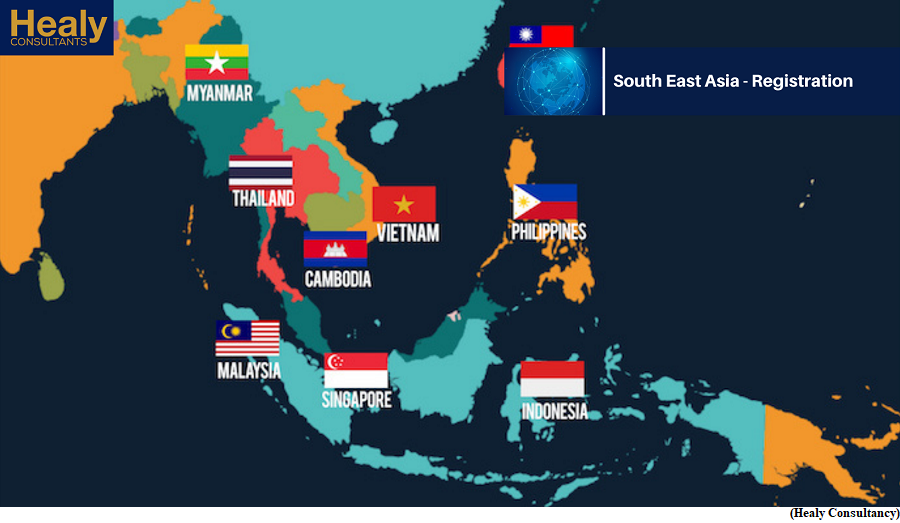South Asia, now open to business (GS paper 2, International Relation)

Context:
- The recent visits to India by Nepal’s Prime Minister Pushpa Kamal Dahal and Sri Lankan President Ranil Wickremesinghe highlight the shifting currents in South Asian regionalism.
- Japanese Foreign Minister Yoshimasa Hayashi’s recent travels to India, Sri Lanka and Maldives and a surprising visit to Sri Lanka by French President Emmanuel Macron underline the new external impetus to the Subcontinent’s economic integration.
The discourse on South Asian regionalism is trapped in two old propositions:
- South Asia is the least integrated region and insufficiently connected to the world.
- The road to regional integration in the Subcontinent must necessarily run through the SAARC, the South Asian Association for Regional Cooperation.
Economic independence over regional intergartion:
- The post-colonial and partitioned Subcontinent deliberately chose economic independence and devalued regional integration.
- Endless conflict reinforced the lack of political appetite for cross-border commercial engagement. Worse still, the trans-regional connectivity inherited from the British Raj steadily withered as the newly-independent economies focused on import substitution.
- The liberalisation and globalisation of the South Asian economies, which began in the 1990s, saw the injection of the language of regionalism in the Subcontinent and a new interest in trade and connectivity. Economic reform, however, was uneven across the region and tentative even in the capitals, with some support for change.
- And it was hard to mobilise support for cross-border connectivity projects amidst multiple political disputes among the South Asian sovereigns that exacerbated the region’s security challenges.
Changes in 21st century:
- The 21st century has seen considerable improvement within the Subcontinent and in the connections between South Asia and the world.
- The share of intra-regional trade in the Subcontinent’s trade with the world has grown from about 2 per cent in 1990 to about 6 per cent today, but is nowhere near the potential or the achievements of other parts of Asia. But the direction is clearly positive.
Status of SAARC:
- The SAARC is still, the last summit was held in 2014, has not meant any progress in regional economic integration.
- In an ideal world, the SAARC would be the vehicle for reconnecting the region. But Pakistan is not interested in such an outcome; its priority for the last three decades has been to wrest concessions from India on Kashmir.
- A successful SAARC is not a precondition for thriving economic regionalism.
New factors accelerating regional economic integration
Renewed pressure to undertake economic reform:
- The recent economic crises in Sri Lanka and Pakistan are compelling the elites in both countries to embark on serious and painful economic change. Whether they succeed or not, the two will not remain the same.
- Nepal and Sri Lanka are today more open to trade, investment and connectivity with India. The visits of Nepal’s Prime Minister and Sri Lankan President have seen strong commitments from both leaders for deeper economic integration with India.
- The entrenched political resistance to commercial engagement with India appears to be giving way to the pursuit of enlightened economic self-interest in both Nepal and Sri Lanka.
- Pakistan is turning to the Gulf to end its dependence on loans and bailouts.
Region is looming larger in India’s economic calculus:
- As India’s relative economic weight in the world has grown, its commercial ties with neighbours have increased. India’s trade volumes with its neighbours are now impressive.
- Bangladesh, for example, is the fourth-largest destination for Indian exports, valued at about $16 billion in 2022.
- India’s exports to Sri Lanka at about $6 billion are comparable with India’s exports to Japan; India’s exports to Nepal are more impressive at $8.5 billion.
- The logic of economic geography is beginning to unfold in India’s relations with most of its neighbours, except Pakistan. India’s trade potential with Pakistan has been estimated to be as high as $37 billion.
- Trans-border projects to promote rail, road, energy, power, financial, and digital connectivity have all gained new impetus in India’s engagement with its neighbours.
Change in geo-politics:
- The renewed great power rivalry between the US and China on the one hand and the deepening conflict between India and China on the other have altered the Subcontinent’s geo-economic template.
- In derisking their commercial ties with China, the US and its allies now actively promote economic and technological engagement with India.
- They are also promoting economic integration between India and its smaller neighbours. The US, for example, helped Nepal’s energy and road connectivity with India with the $500 million Millennium Challenge Grant.
Japan’s interest:
- Japan is now promoting sub-regional connectivity between India and Bangladesh that can potentially transform the economic map of the eastern subcontinent and the Bay of Bengal.
- Japanese Foreign Minister’s recent travels to Sri Lanka and Maldives is part of Tokyo’s strategy to raise its strategic profile in the Indian Ocean and offer viable alternatives to China’s Belt and Road Initiative, which has been widely embraced in South Asia.
- Japan and France also joined hands with India to help Sri Lanka navigate its economic crisis.
- French President Macron’s visit to Sri Lanka, is an attempt to integrate Colombo into its’s Indo-Pacific outreach.
China factor for India:
- India, which was complacent about China’s growing economic presence in the region a few years ago, has offered a measure of competition in the Subcontinent with its own bouquet of regional infrastructure projects.
- India is now working with its like-minded partners to offer credible economic alternatives to its neighbours. India has a long way to go before it can radically restructure South Asia’s economic architecture, but it now has economic heft and political purpose to pursue that ambition.
Way Forward:
- Together the three trends, the region’s new economic openness, India’s vigorous neighbourhood policies, and Western support for an India-centred regionalism in South Asia could transform the Subcontinent’s geo-economic landscape. India’s rising economic tide could help lift all boats in South Asia.


